50 Mosat Powered CMOs in Indian ICT Industry
By MYBRANDBOOK
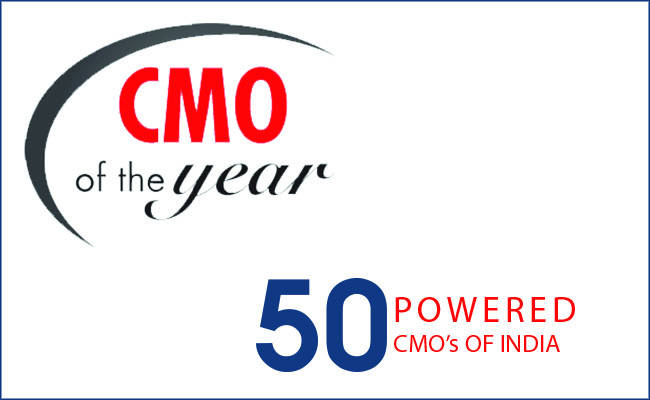
The Chief Marketing Officers (CMOs) are the testimonials of the talents of the individuals and power of collaboration across companies and industries. The marketing department plays a very important role in every organisations, be it a small or large . Marketing has been a story of eras: from mass marketing to the direct marketing era to digital marketing, and now data-driven marketing. Today, consumers use more devices, ad blockers and other privacy protection tools, and still have increasingly sophisticated customer experience expectations. As per survey, 54% say they’re willing to experiment in any market. The need of the hour is for creating stronger customer connections.
In this challenging world of economy, companies operate in highly competitive landscapes where many struggle to respond to the disruptions brought by newer technologies and players. Digital and an increasing global sharing economy are redefining the marketing landscape and every organization today already has some identity capabilities in place with their strong marketing team. C-suite leaders are now realizing the strategic importance of digital communications.
Many multinational giants have felt that, India is a tremendous destination to do business and expect it to benefit from the exodus of many businesses from China and COVID-19 has exposed a dangerous over-reliance on China by the West, and governments and multinational companies are now re-assessing their supply chains. More culturally aligned, and closer, India is a great alternative.
Before the pandemic, organizations were looking for CMOs who were data-driven, focused on the customer, and able to anticipate the needs that people didn’t even know they had. Today, those qualities are in greater demand. Agility is at premium because the needs of the customer are changing practically overnight. Hence, marketers need to connect their activities to specific business outcomes, not just marketing measurements.
The novel coronavirus has forced many businesses to go back to the drawing board. The prolonged lockdown that disrupted the country’s supply chain has prompted companies to experiment with alternate delivery channels. It has also heightened the value of chief marketers who can tap into the customer mindset and leverage those insights to drive growth.
Both at the board level and in the C-suite, we’re seeing that customer-centric leaders are in greater demand. Without a deep understanding of customers—supported by solid research and analytics—brands are going to blindly return to business as usual. Moving forward will require a new model, and that’s where CMOs can step in as the voice of the customer. Hence, the marketing leaders have to embrace the shift and have an opportunity to drive more strategic and commercial impacts.
There are agile marketers in the Indian ICT Industry, who can spin the wheel quickly while being especially responsive to customers.
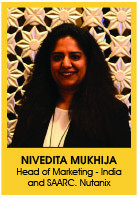 Brand Culture
Brand Culture
Employees are the real asset for any organization. Talent drives transformation and growth in enterprises; and when the workforce identifies with the strong brand identify and values of an organization, their passion and commitment to the organization and to their work, grows exponentially. Engaged employees build strong brands. It is a cycle really. Having a strong brand culture helps drive productivity and fosters more collaboration – all of which are directs drivers of business growth.
Best Practices
Customer-centricity is the core for Nutanix. Our customers are our greatest advocates and this is what sets Nutanix apart in the industry.
Our NPS score has been 90+ consistently for years. This is unheard of in our markets today. This is testament to the strong brand identity we have built, along with our partners. This has been possible because we offer great value to customers, deliver a great service and walk an extra mile when needed so that our customers are successful in their business.
 Brand Culture
Brand Culture
A brand identity reflects who we are and the promise to our customers. A strong brand identity makes it easier to connect with people, both internally with employees and externally with customers and other stakeholders. It inspires everyone internally to work together as one team to keep delivering on that promise. It even makes it easier to explain to friends and family where we work. It helps in attracting the right talent to the organization and retaining people becomes easy.
Best Practices
When organizations shifted to remote working almost overnight, Forcepoint was more concerned if organizations were running smoothly and how we could help them. We would call our customers and have conversations if everything was okay. It is less about selling and more of offering help in the truest sense of the word. We are proud that our company asked us to show empathy to our customers. Human centricity is the very strong aspect of brand identity for us.
We have undertaken many initiatives to help our customers understand risks and have conversations around their current cybersecurity posture. Our 101 Deep Dive virtual workshops is one such example where our customers learn from the Forcepoint team. These user groups help our customers open up about their cybersecurity concerns and seek clarification from Forcepoint personnel.
In another initiative, we are currently running APAC-wide Virtual User Group sessions to help our existing customers understand how they can optimally use Forcepoint solutions to protect both their people and their data in this rapidly evolving threat landscape.
 Brand Culture
Brand Culture
A part of building a strong brand identity is also to boost employee morale, perception, build culture, internal brand building, drive change and ultimate objective to boost confidence to drive awareness and revenue. A strong brand identity will allow employees to create an emotional attachment to their organisation, leading to an increased engagement with the brand, endorse the brand and subsequently influence their willingness to learn and perform at work. Kaspersky launched a new visual identity last year. The concept supports our new strategy and philosophy and delivers it in a fresh and vivid way which signifies a drive for change to employees changing our brand perception to become a leading, innovative brand.
Best Practices
Kaspersky is known for our solutions’ unprecedented level of protection for people and businesses around the world. We are proud of our security technologies. The new Kaspersky branding reflects the evolution of our business focus from “cyber security” towards the wider concept of “cyber-immunity”.
 Brand Culture
Brand Culture
A strong brand identity helps to create motivation amongst employees for a common goal. Everyone wants to be a part of something that they believe in and are proud of that creates the urge for contribution and a greater level of commitment. A strong brand identity also helps attract the best of the talents. Effective branding creates one’s own unique identity and reputation. One simply stands out from the competition; be different, and we believe that is a great motivating factor for the workforce.
Best Practices
At Crayon, we keep things evolving and we are at par with the constant changes that are happening around us. The world is so dynamic. Which also indicates that competition is always getting bigger and better. In fact, it is now at a state of hyper-competition, a landscape in which no competitive advantage can be sustained in the long run. Hence, at Crayon, our approach is 360 degree angled and we are relentless at making the transformation journey for our customers and partners, seamless.
 Working from home has become the new normal worldwide, both for us and our customers due to the Covid-19 pandemic. With marketing changing overnight, we had to quickly hurdle as a team and re-align our tactics to support the business and reach out to our customers via the digital medium.
Working from home has become the new normal worldwide, both for us and our customers due to the Covid-19 pandemic. With marketing changing overnight, we had to quickly hurdle as a team and re-align our tactics to support the business and reach out to our customers via the digital medium.
The marketing mavericks have an opportunity to rise to the occasion and help break all the barriers to business in these unpresented times. Here is the A-B-C’s of marketing in the COVID era -
Acknowledge that the world has changed overnight and nothing will be the same in the near future. A lot of individuals and brands are still in denial of the gravity of the situation. The first step to progress and moving forward is to acknowledge that there is a problem at hand, and something needs to be done to address it.
Adapt to the new normal and make changes to how we can engage with our customers today. No matter how much the field sales love face to face events or our customers prefer having a conversation with vendors in person, physical events are not set to return for at least 6 months, if not more. Adaptability is the new competitive advantage.
Build and Rebuild the bond of trust with business stakeholders, be it the customers or partners. In these times of social distancing, we have come closer as human beings. Sitting at home has given us a glimpse of how our lives can become finite and how as a species we lean on each other. Reach out and support customers.
Brave it, as this is reality and the faster one starts thinking around the obstacles the better it is for the business. In simply observing the experience of feeling fear one can recognize the real issues or true emotions and face them in a healthy way.
Create Conversations - These are times when everyone needs reassurance. Having conversations and being empathetic to their business situation has become even more important in the current scenario.
Connect with Context - Customers always did, still value good advice and guidance. Help them understand how this situation has impacted their industry/business and how can you help them in your own way to keep the lights on. Contextual Conversations with Customers are appreciated and will lead to business.
Creativity that builds Confidence - As a marketer it is our job to be brimming with positivity and zeal. Leverage creativity to build consumer confidence. It’s the time to come out and stand with your customer, not hide behind the garb of pandemic.
The favourite D of the IT industry in recent times however has been Digital Transformation (DT) that has been around for a while now and a lot of conversations were focused on the organizations adapting or not adapting digital transformation. According to the industry commentary DT was not a destination, but a journey that every organization will take as per their own need, urgency, maturity or comfort. As many thinkers and pundits had hinted before that DT is not a technology but people led. It is tectonic shifts like this pandemic, which acts as a catalyst in changing human behaviour. WFH (Work from Home) has been around, but WFH uptake of this scale could never have been imagined.

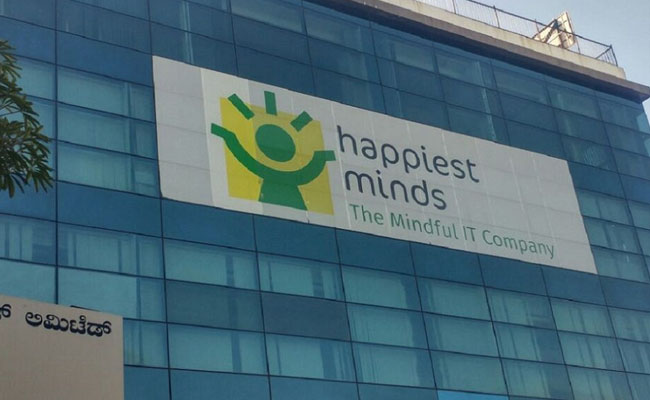
Happiest Minds brings in an innovative GenAI chatbot
Happiest Minds Technologies has announced the new GenAI chatbot - ‘hAPPI...

Government mandates encryption for CCTV cameras to ensure netw
In the wake of issuing an internal advisory on securing CCTV cameras at g...
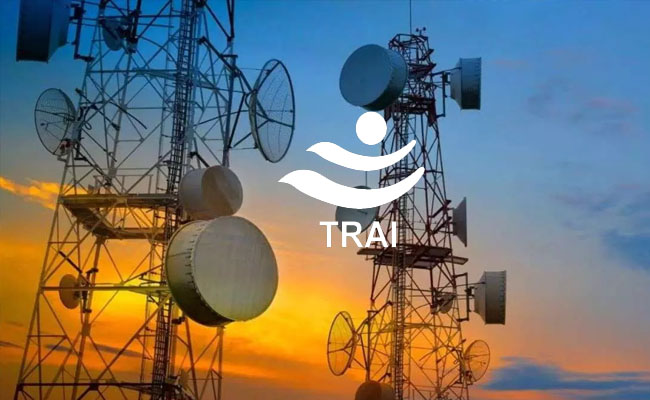
TRAI recommends allowing only Indian entities to participate i
The Telecom Regulatory Authority of India (TRAI) has recommended that onl...
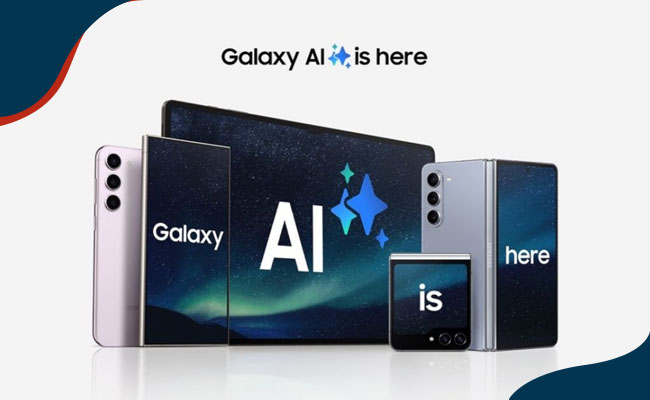
Galaxy AI is available on more devices with Samsung One UI 6.1
Samsung has expanded the range of smartphones to which One UI 6.1 and Gala...

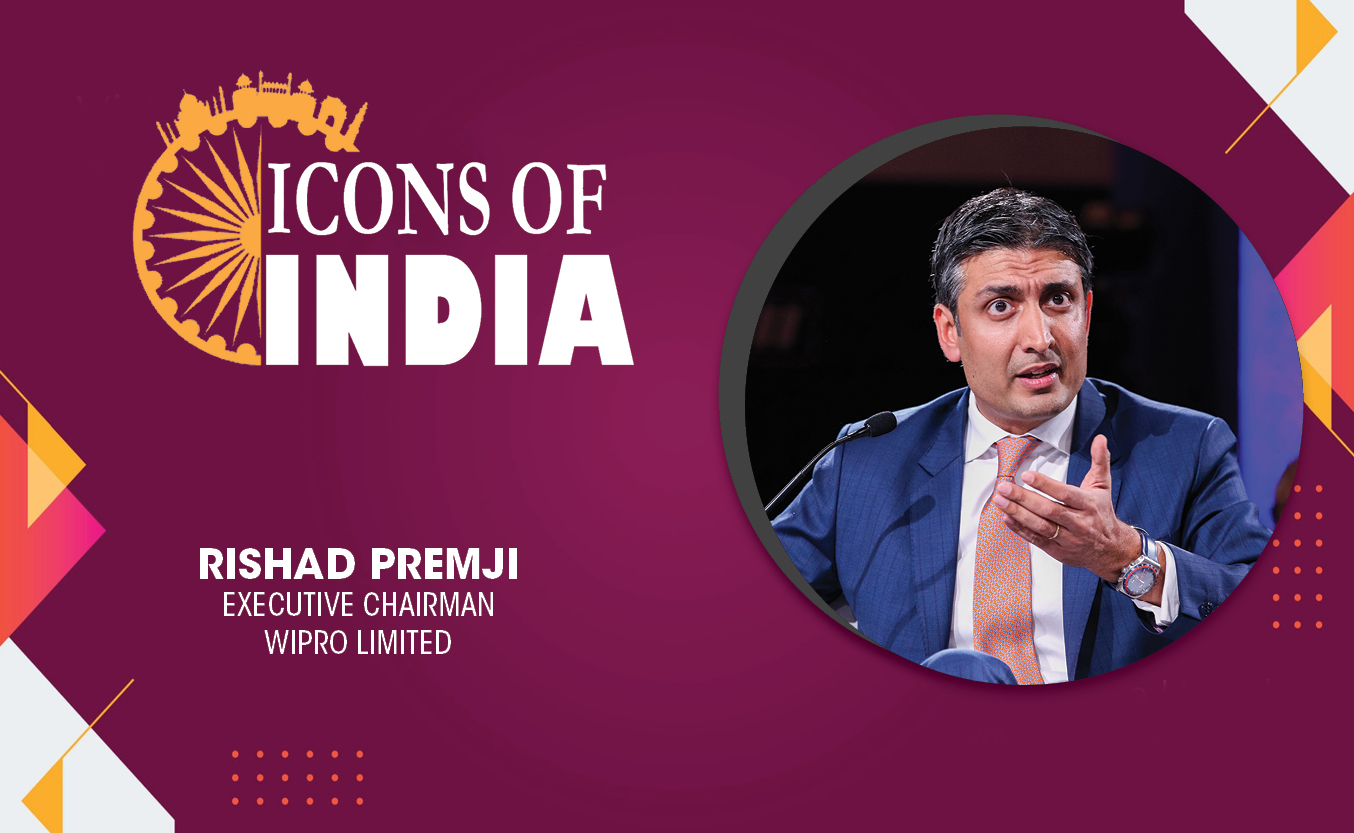
Technology Icons Of India 2023: Rishad Premji
Rishad Premji is the son of the Wipro head Azim Premji and was named a...
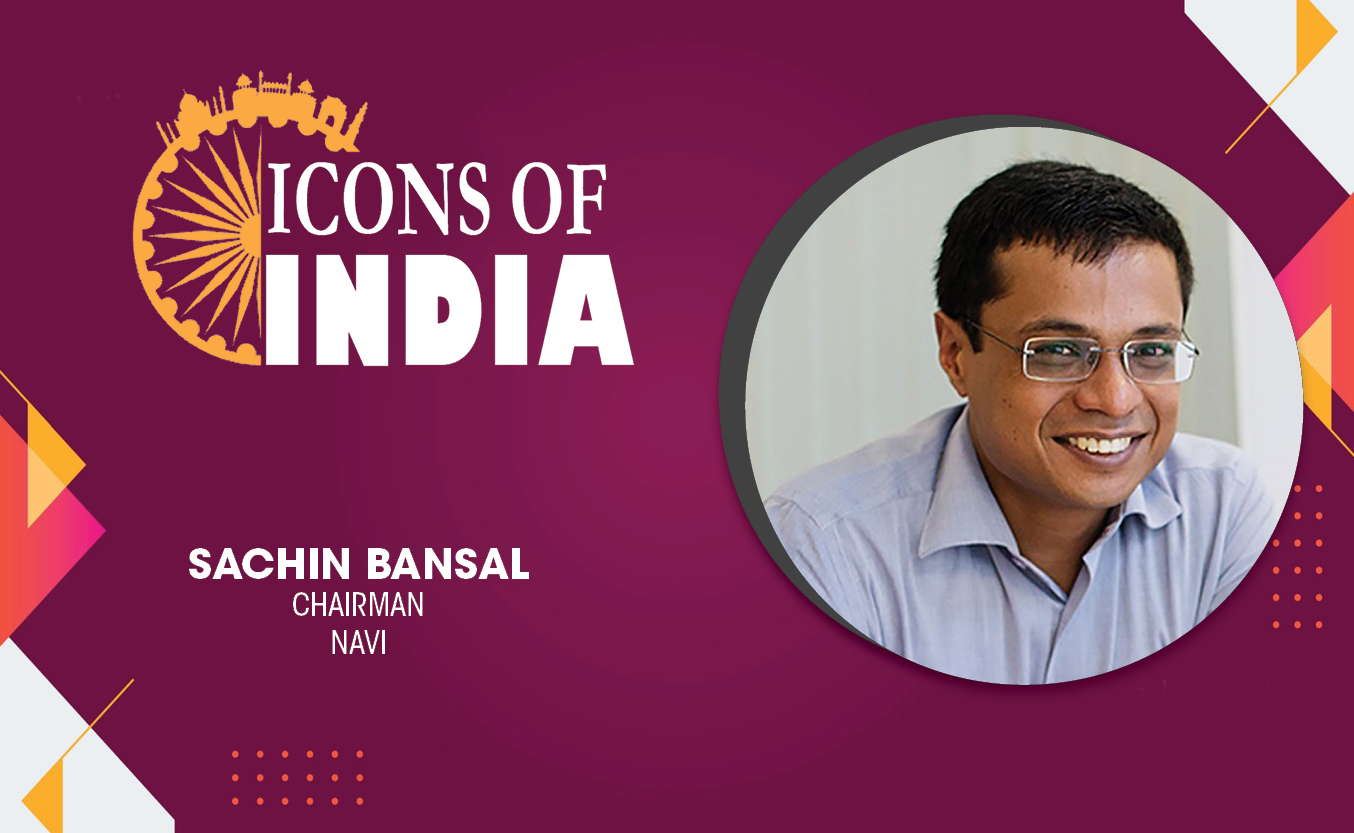
Technology Icons Of India 2023: Sachin Bansal
Sachin Bansal’s fintech startup, Navi Technologies, simplifies loan ...
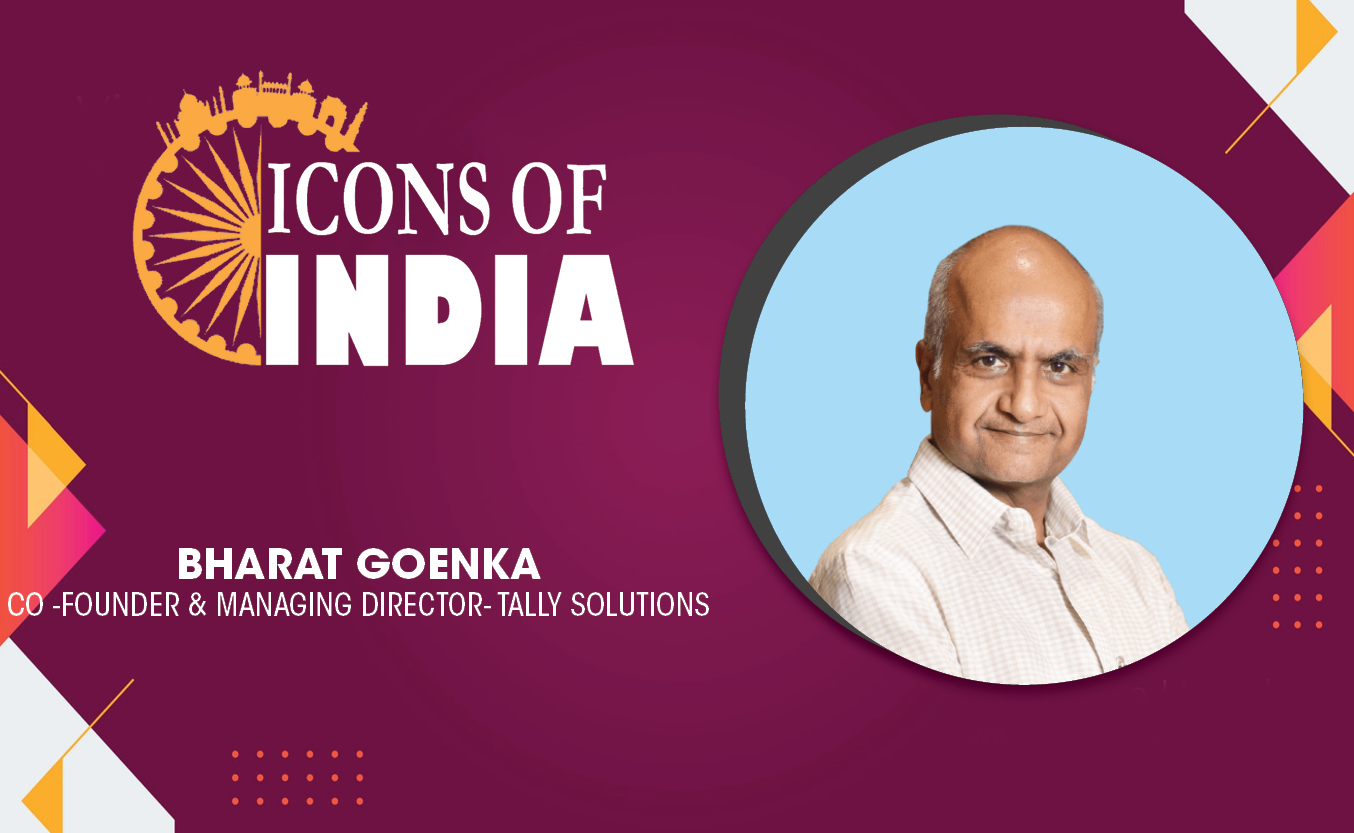
Technology Icons Of India 2023: Bharat Goenka
Bharat Goenka is the Managing Director of Tally Solutions. He is well ...

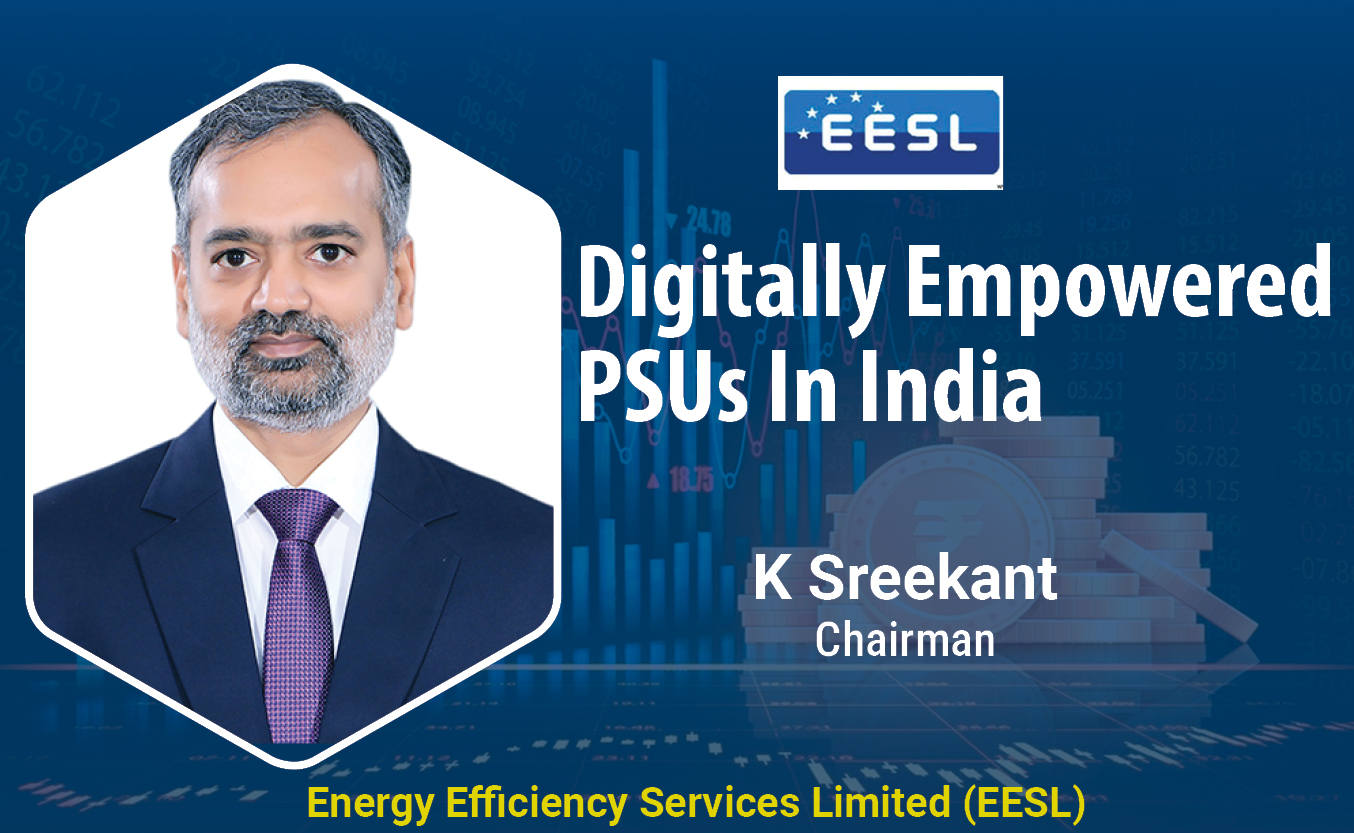
EESL encouraging e-mobility adoption across India
Energy Efficiency Services Limited (EESL) is a Super Energy Service Co...
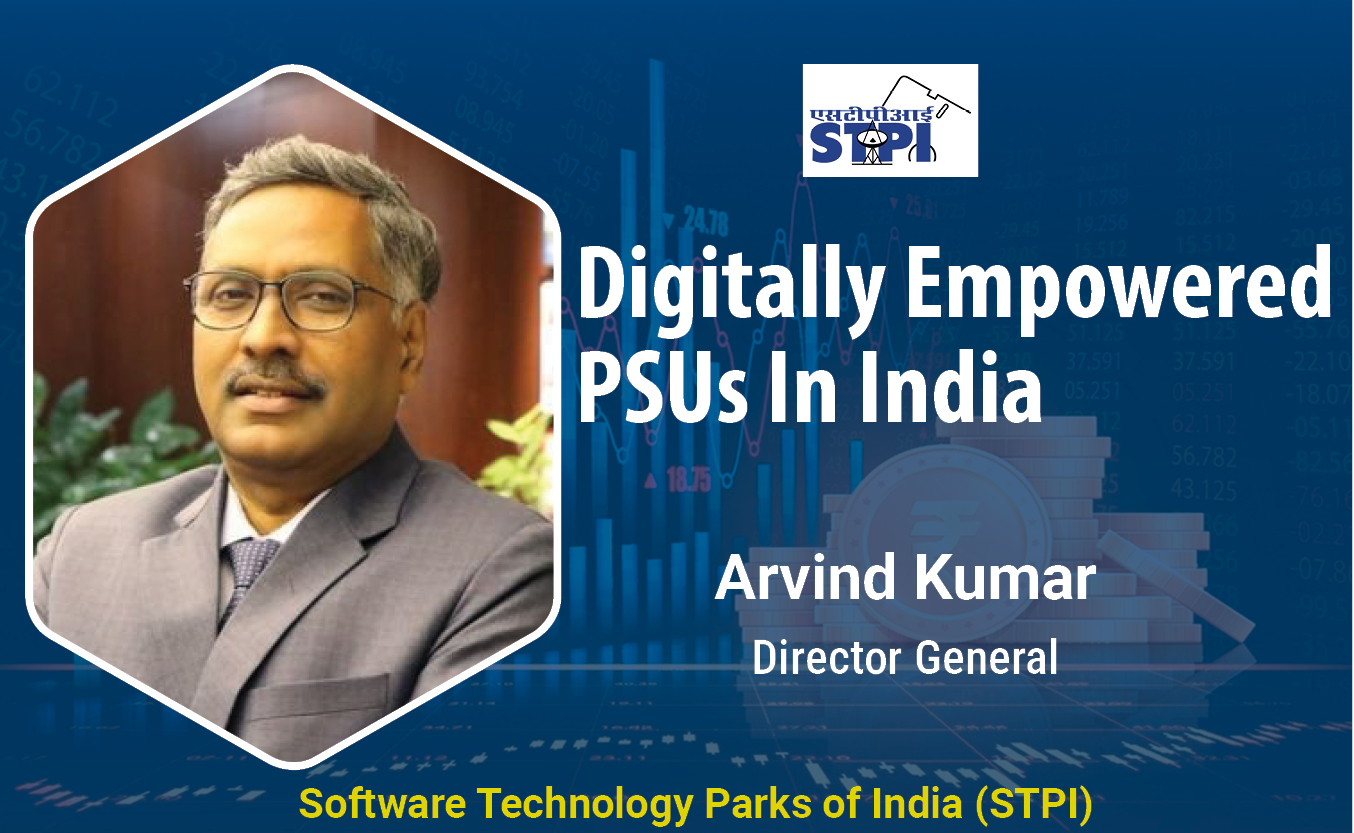
STPI encouraging software exports from India
Software Technology Parks of India (STPI) is an S&T organization under...
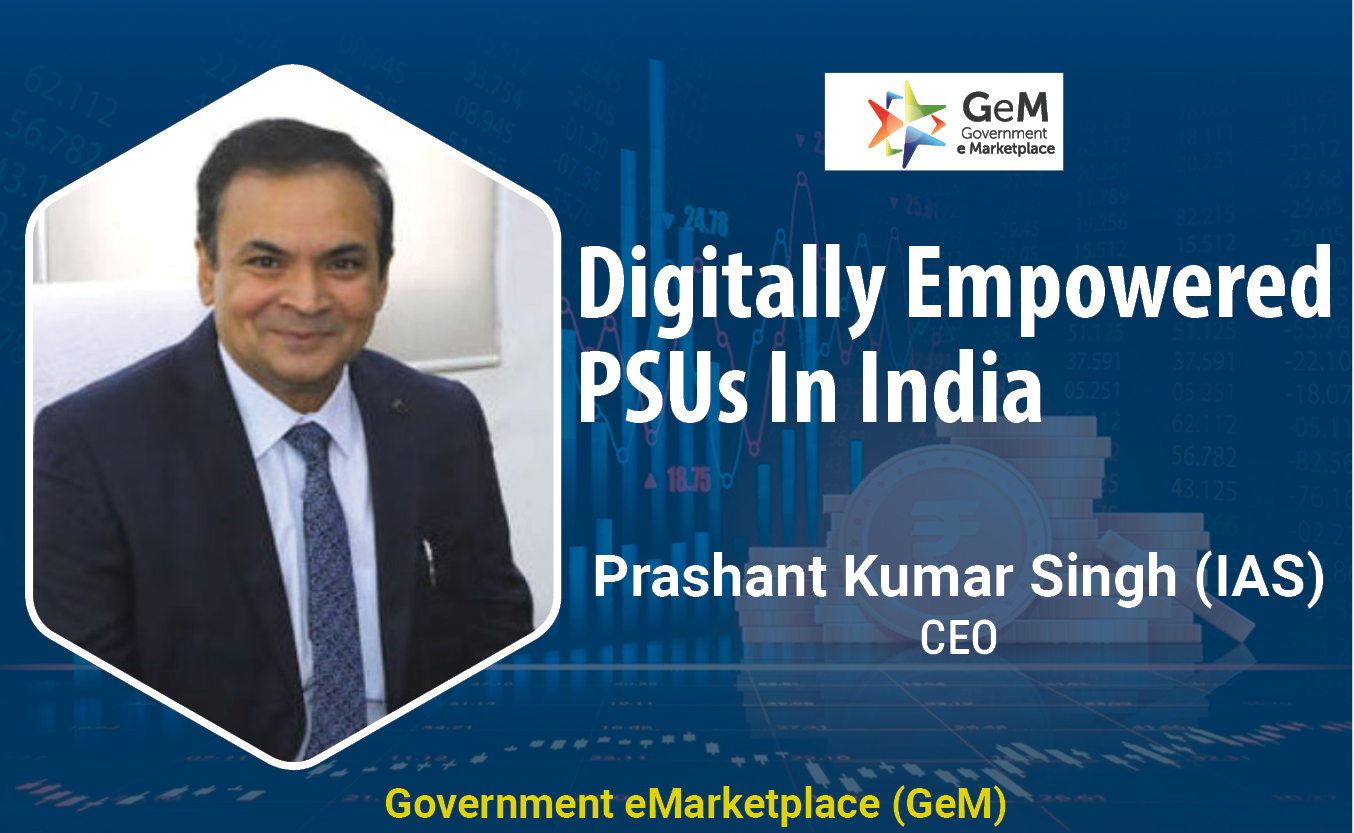
GeM maintains transparency in online procurement of goods & services
Created in a record time of five months, Government eMarketplace is a ...


ACCERON INFOSOL PVT. LTD.
It is a leading value added distributor in the IT security space and h...

ADITYA INFOTECH LTD.
Aditya Infotech Ltd. (AIL) – the technology arm of Aditya Group, is ...
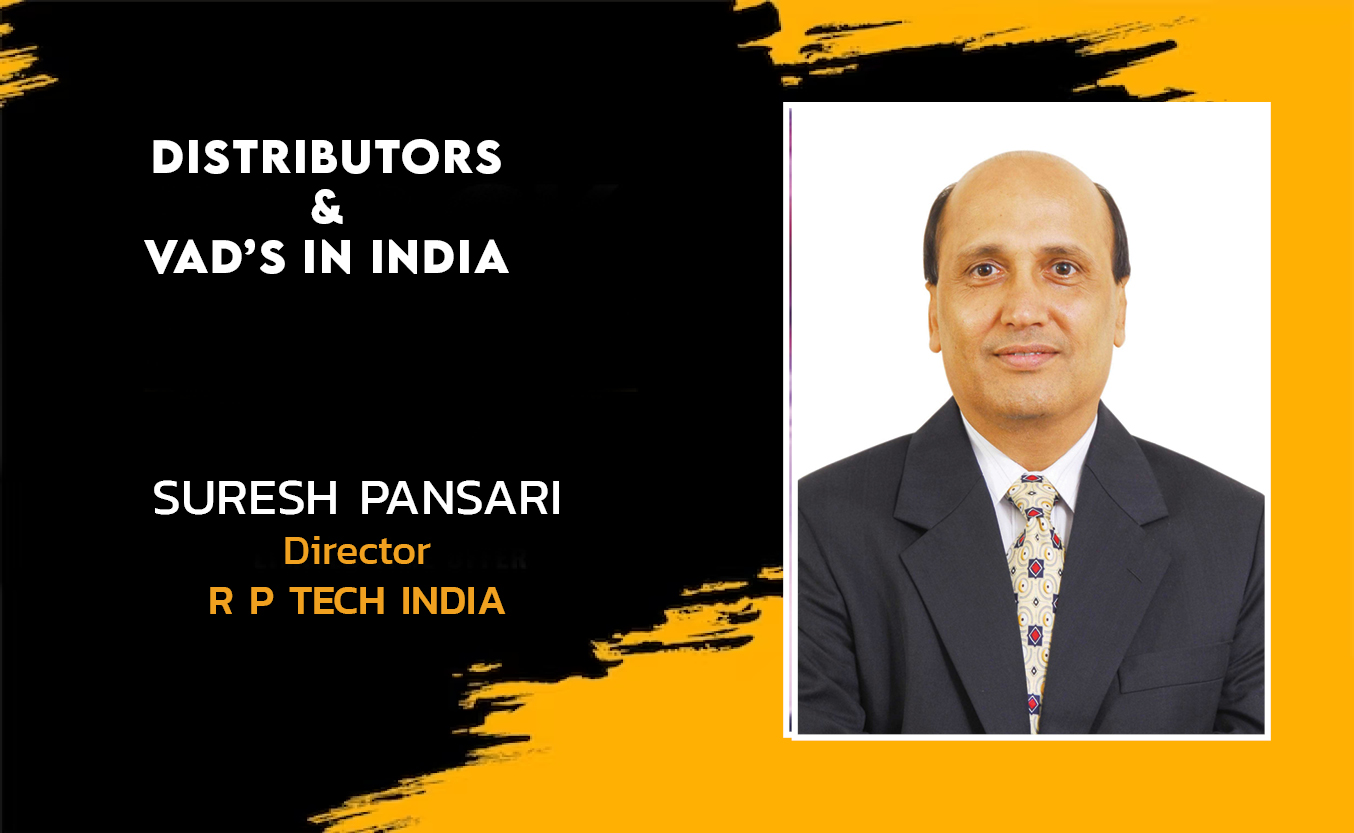
R P TECH INDIA
R P Tech is recognized for its diverse products portfolio, value-add...